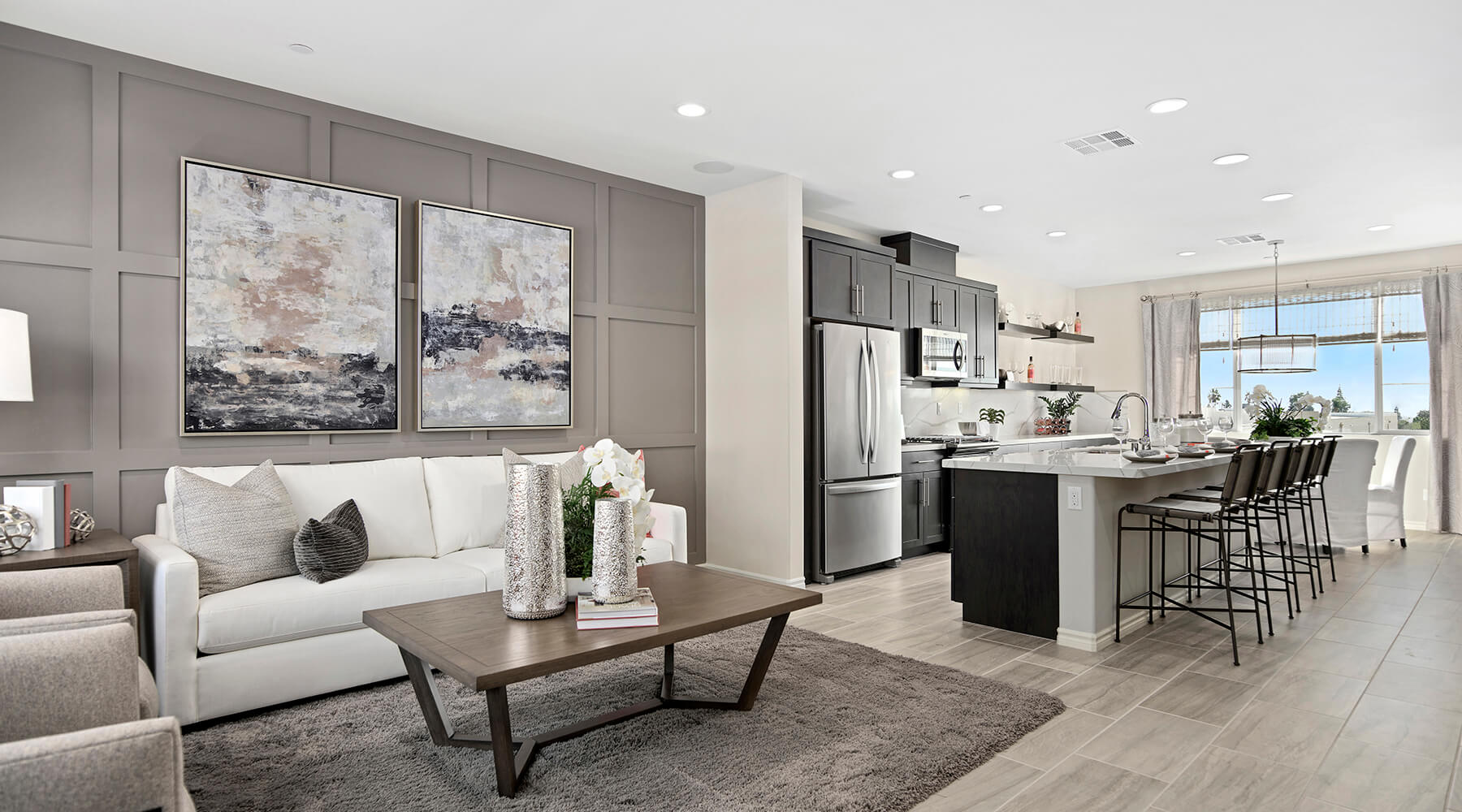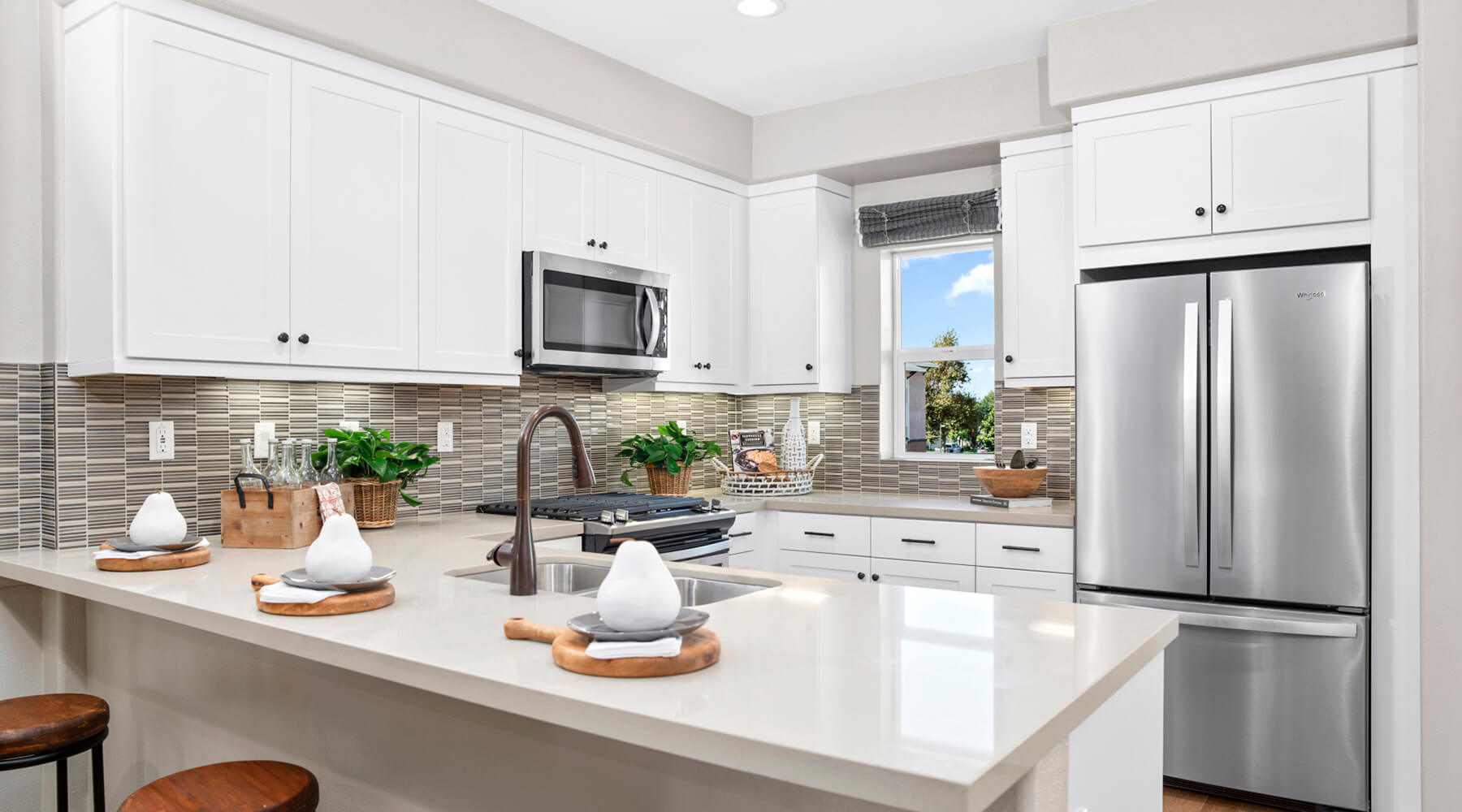Developing an Emergency Preparedness Plan for the Family
Jul. 03, 2017

As you’re nodding off to sleep in the expansive master bedroom of your Brandywine home, your thoughts are about how much you’re enjoying the stainless steel appliances in the kitchen, the free-flowing open floor plan and the friendly folks at the community center. Suddenly, the squeal of the fire alarm interrupts your reverie. How are you and your family going to handle this emergency?
Nobody likes to dwell on fires, floods, earthquakes and other disasters. But they’re all facts of life here in Southern California. If you want you, your family and your property to weather such unpredictable events, you need to develop an emergency preparedness plan.
Start with an escape route.
When a fire or other life-threatening emergency engulfs your home, you want everyone to evacuate as soon as possible. You don’t want every family member checking up on everybody else because that leaves people inside. So, assign one person to do those duties. Then make sure everybody else knows to get out as quickly as possible. You’ll need at least two paths:
• The first applies when the regular route is clear, such as through the hallway, down the stairs and out the door.
• The second is for when the route is blocked, for example, by debris. Each person must have an alternate way out of every room in the house, which would typically be a window. If this requires clambering down a window from a high floor, portable fire escape ladders may be needed for such high spaces.
Have a meeting point.
Plan on at least two meeting points outside the home:
• If only your home is affected, such as by a fire, have a spot outside that’s located a safe distance away where all the family members can meet. This can be a block down the street or at the home of a trusted neighbor.
• If your neighborhood or city is affected, such as by an earthquake or forest fire, family members at home may need to evacuate while those out and about cannot return. Pick a meeting point that’s well away from your residential area, such as at a school, church or a designated Red Cross disaster shelter.
Prep for a long stay.
Another type of emergency, such as a flood or earthquake, may trap you at home with no way for you to get out or for first responders to come in immediately. For such situations, you need to stockpile at least three days of food and water for each person and pet. Create an emergency preparedness kit that contains the following:
• Tools such as a wrench and screwdriver for shutting off utilities like the gas and electricity. Rope, duct tape, scissors, gloves, goggles and a utility knife may also come in handy.
• Ways of communicating with the outside world such as a battery-operated radio and a non-electrical landline phone.
• Containers and plastic bags, so you can safely dispose of household waste.
• At least a seven-day supply of medications as well as a first-aid kit.
If you don’t have the time to create a kit, you can buy them online or at home center stores.
Practice makes perfect.
Planning is just one part of emergency preparedness. The other part is practicing what you’ve created. At least once a year, go through an unannounced disaster drill that requires you to leave the home. Block some of the regular exits to see how well family member cope.
Visit the designated meeting point outside the neighborhood, so everyone knows how to get there. Check on your supplies to be sure food and medications haven’t expired, and that any devices are still working.
A quick well-organized response is the key to surviving an emergency unscathed. To find out first-hand how well built our homes are for emergencies, please contact us for a tour of our developments.
Are you looking for a new home in Orange County, Long Beach or the Los Angeles metro area? Brandywine Homes is opening six new communities this year offering a combined 265 single-family homes and townhomes. If you would like more information, sign up for our interest list here.





